Cinematic wardrobes: Iconic fashion moments on the silver screen
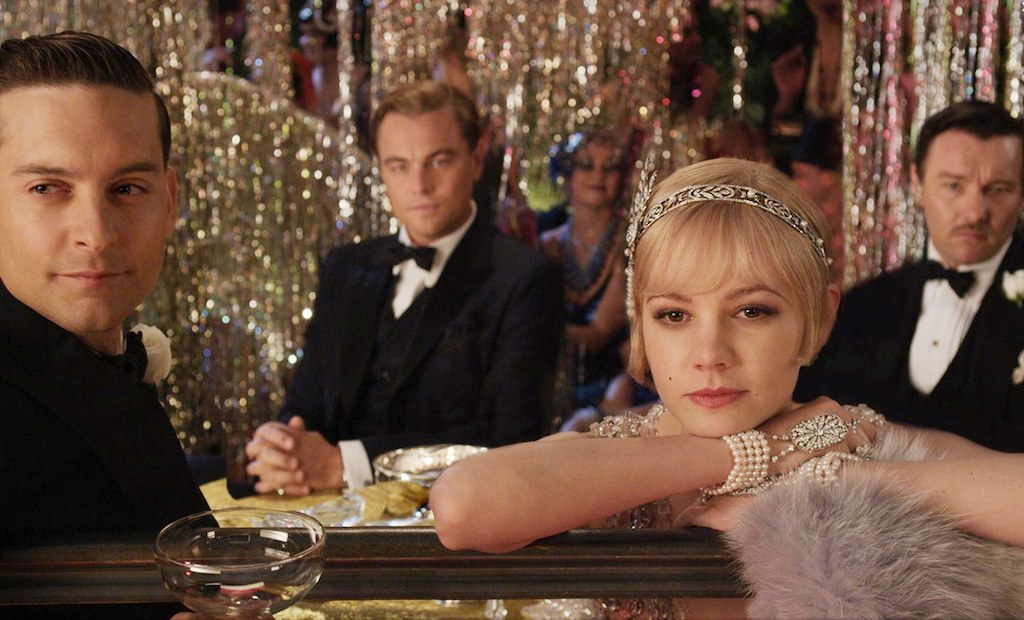
Fashion in film does more than dress characters, it shapes identities, influences trends, and leaves a lasting mark on culture. Whether it’s Audrey Hepburn’s little black dress in Breakfast at Tiffany’s or the bold designs of The Fifth Element, certain looks become more than just costumes. They define eras, inspire designers, and continue to resonate long after the credits roll.
The Little Black Dress: Audrey Hepburn in Breakfast at Tiffany’s
Audrey Hepburn’s portrayal of Holly Golightly in Breakfast at Tiffany’s (1961) cemented the little black dress as a wardrobe essential. The Givenchy design she wore in the film’s opening scene set the standard for elegance and sophistication. With its clean lines and timeless appeal, the dress became a symbol of effortless style, proving that simplicity often makes the strongest statement. More than six decades later, the little black dress remains a go-to piece for every occasion, proving that some fashion staples never lose their charm.
The Power Suit: Diane Keaton in Annie Hall
Diane Keaton’s Annie Hall (1977) wardrobe broke conventions with its mix of menswear-inspired pieces. Oversized blazers, vests, and wide-leg trousers created a relaxed yet polished aesthetic that challenged traditional ideas about feminine style. The androgynous look caught on, influencing fashion far beyond the screen and proving that confidence is the best accessory. Today, power dressing is less about strict tailoring and more about self-expression, Keaton’s look showed that fashion doesn’t have to fit into a single category.
Glamour and Excess: The Great Gatsby
Baz Luhrmann’s The Great Gatsby (2013) brought the Roaring Twenties back to life with dazzling costumes designed by Catherine Martin. Flapper dresses, beaded gowns, and tailored suits captured the decadence of the era, while accessories like jeweled headpieces and art deco details completed the look. The film’s wardrobe didn’t just pay homage to the past, it reignited interest in vintage-inspired fashion, proving that style from a century ago can still turn heads today. The extravagant visuals of Gatsby, filled with shimmering golds and luxurious settings, reflect the same timeless allure that continues to influence entertainment today which includes the elegant and stylish themes often found in online slots, where classic sophistication meets modern digital design. Gatsby’s world may have been fictional, but the allure of 1920s extravagance continues to inspire fashion and entertainment alike.
Futuristic Style: The Fifth Element
Luc Besson’s The Fifth Element (1997) offered a bold vision of the future, largely thanks to costume designer Jean-Paul Gaultier. The most unforgettable look? Leeloo’s bandage outfit, a daring piece that became a visual trademark of the film. Gaultier’s work blended avant-garde fashion with science fiction, proving that style can be just as inventive as storytelling. The film’s futuristic aesthetic continues to inspire designers and pop culture, showing that boundary-pushing fashion is always ahead of its time.
The Timeless Trench: Humphrey Bogart in Casablanca
Few pieces of clothing are as instantly recognisable as the trench coat worn by Humphrey Bogart in Casablanca (1942). The beige coat, paired with a fedora, became a symbol of classic film noir style. Decades later, the trench remains a staple in both men’s and women’s wardrobes, a reminder that some fashion choices never fade. Whether dressed up or worn casually, the trench coat remains a timeless piece that effortlessly combines function with style.
Cultural Influence: Black Panther
Marvel’s Black Panther (2018) made an impact far beyond the box office, thanks in part to its striking costumes. Designer Ruth E. Carter blended elements from African cultures with futuristic elements, creating a visually stunning wardrobe that celebrated heritage while looking ahead. The designs resonated with audiences worldwide, demonstrating how fashion can honor tradition while shaping the future. By fusing history with innovation, Black Panther reminded the world that clothing can be more than just fabric, it can be a powerful expression of identity and pride.
Fashion Meets Technology: The Matrix
Sleek black coats, leather outfits, and minimalist sunglasses defined The Matrix (1999). Costume designer Kym Barrett created a look that felt both futuristic and grounded, influencing everything from runway collections to everyday streetwear. The film’s aesthetic still holds weight in fashion today, proving that a sharp, monochrome wardrobe never goes out of style. More than 20 years later, the film’s cyberpunk aesthetic continues to shape how we see sci-fi fashion, proving that some looks are simply ahead of their time.
The Lasting Influence of Cinematic Fashion
Wardrobes in film do more than just dress characters, they help tell stories, set trends, and influence the way people dress in real life. These iconic fashion moments continue to shape the industry. As new films push creative boundaries, fashion’s role in cinema will keep evolving, leaving its mark for generations to come.
The editorial unit

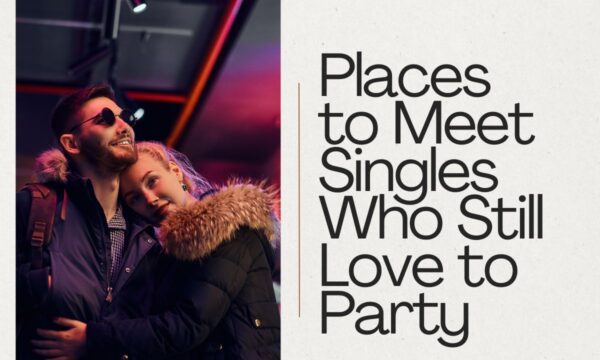
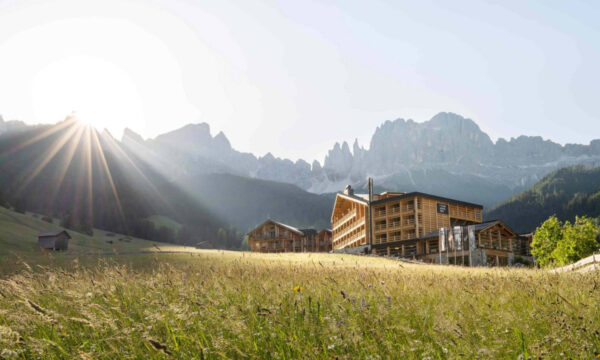
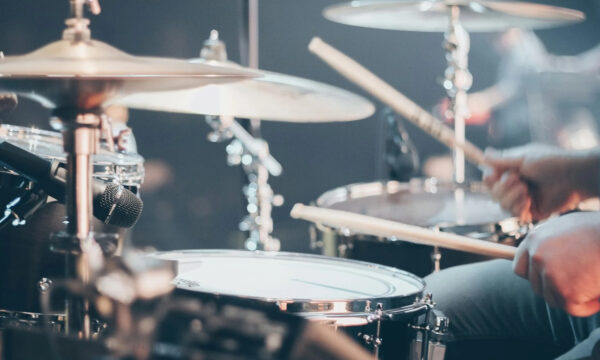

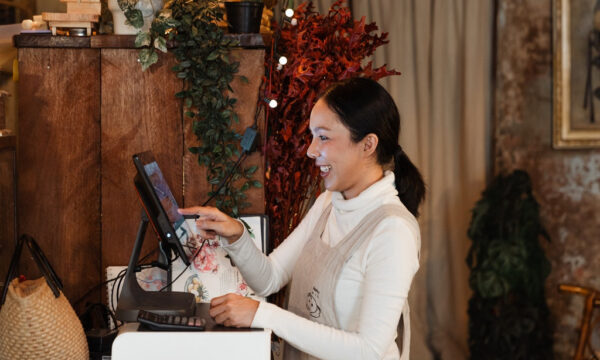
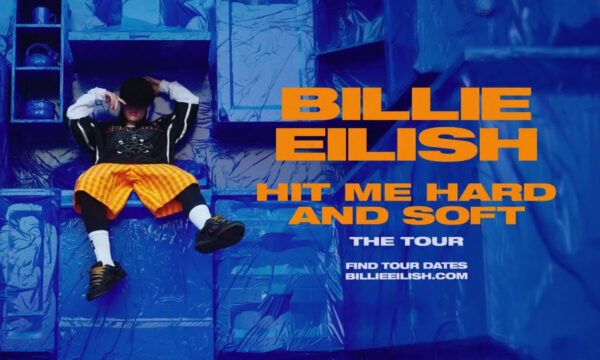
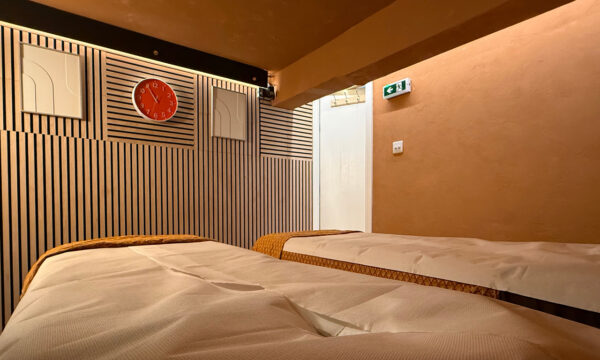
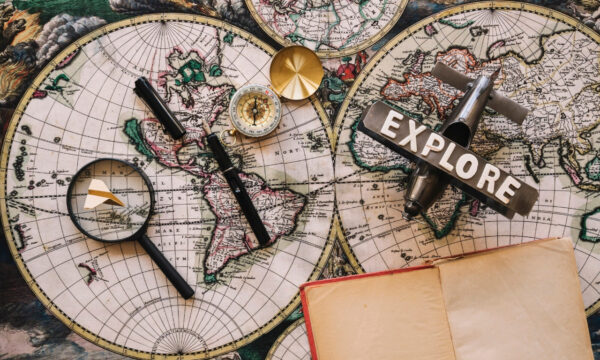
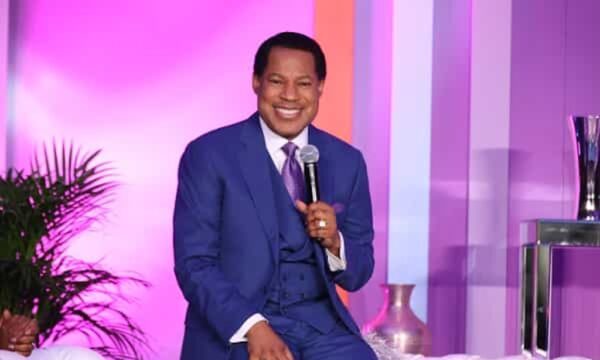
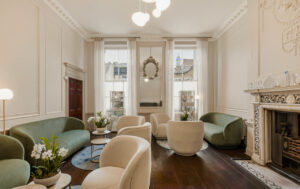
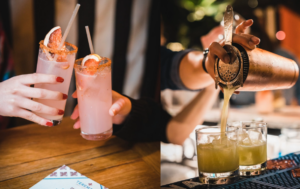
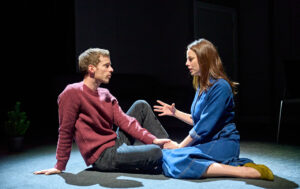
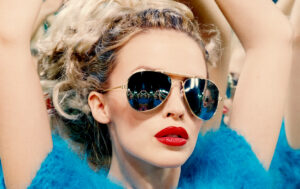
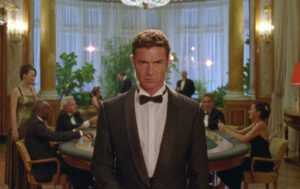




Facebook
Twitter
Instagram
YouTube
RSS